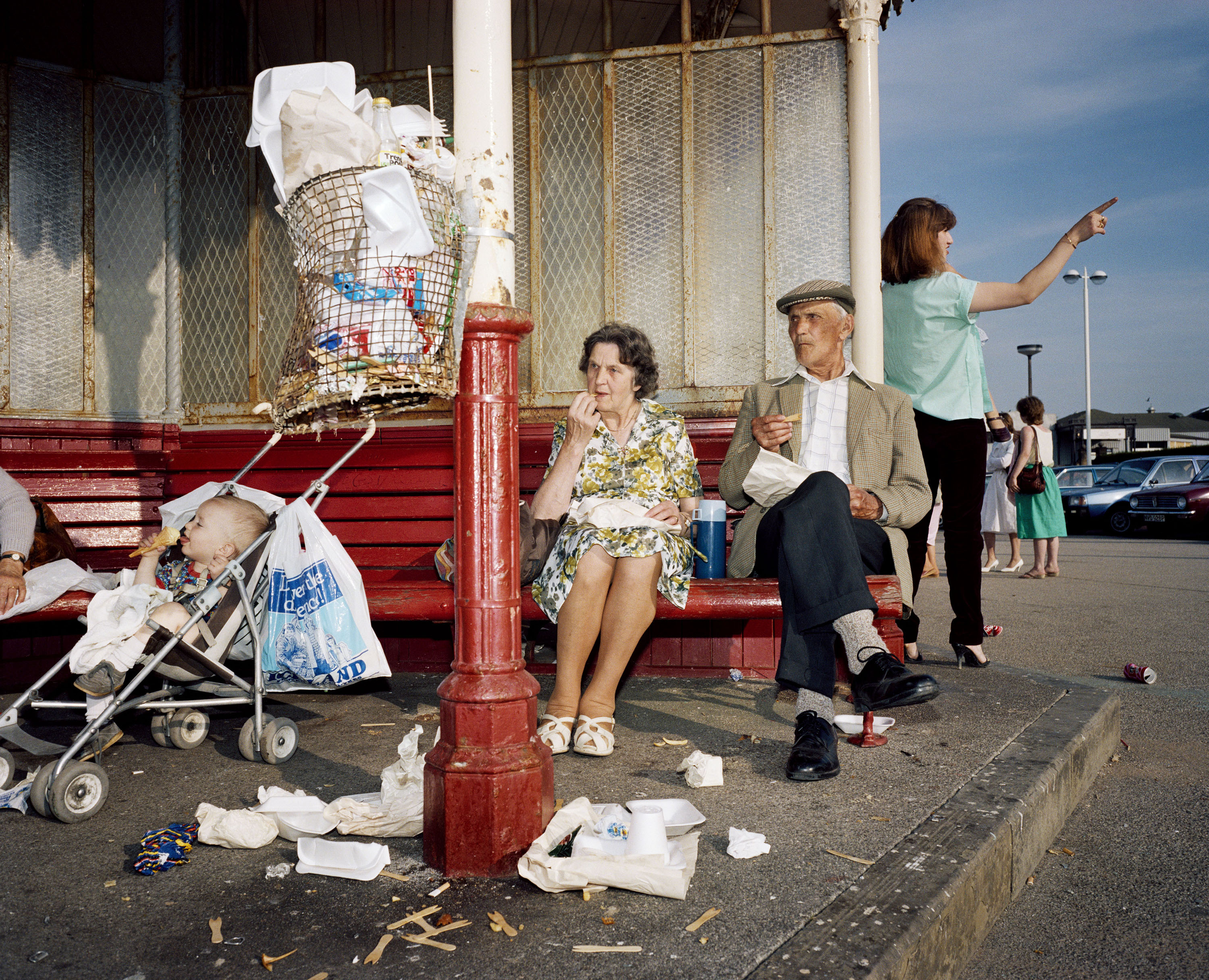
“Neue Sachlichkeit,” often known as the New Objectivity, is a photography movement that began during the 1920s, bearing an attitude that focused more on the raw reality of everyday objects mixed with the formal elements of photography, while rejecting sentimentalism and idealism.

Albert Renger-Patzsch also published a book, a novel concentrated particularly on specific subjects, such as wildlife, traditional craftsmen, mechanical equipment, landscapes, and architectural studies, displaying 100 of his photos based on his ideas of the New Objectivity, stating,
“There must be an increase in the joy one takes in an object, and the photographer should be fully conscious of the splendid fidelity of reproduction made possible by this technique”
Other photographers with similar interests in photography, particularly Objectivity photographers, such as Karl Blossfeldt, Helmar Lerski, and Edward Weston. Their work shows similar qualities with Albert Renger-Patzsch’s, such as the raw focus on the object and high detail.

Closer toward the modern day, Patzsch has now influenced many photographers, such as Martin Parr, William Eggleston, and Peter Fraser – all of their works tending to focus more on the reality of their subjects as opposed to something idealistic, but still managing to find the beauty in something totally ordinary.
